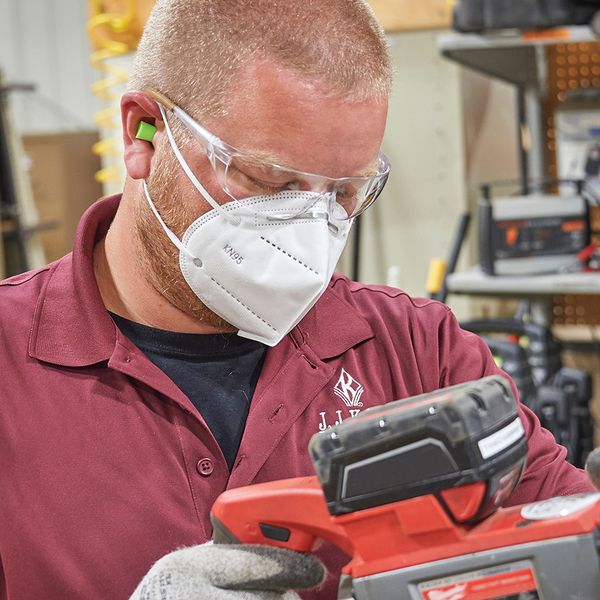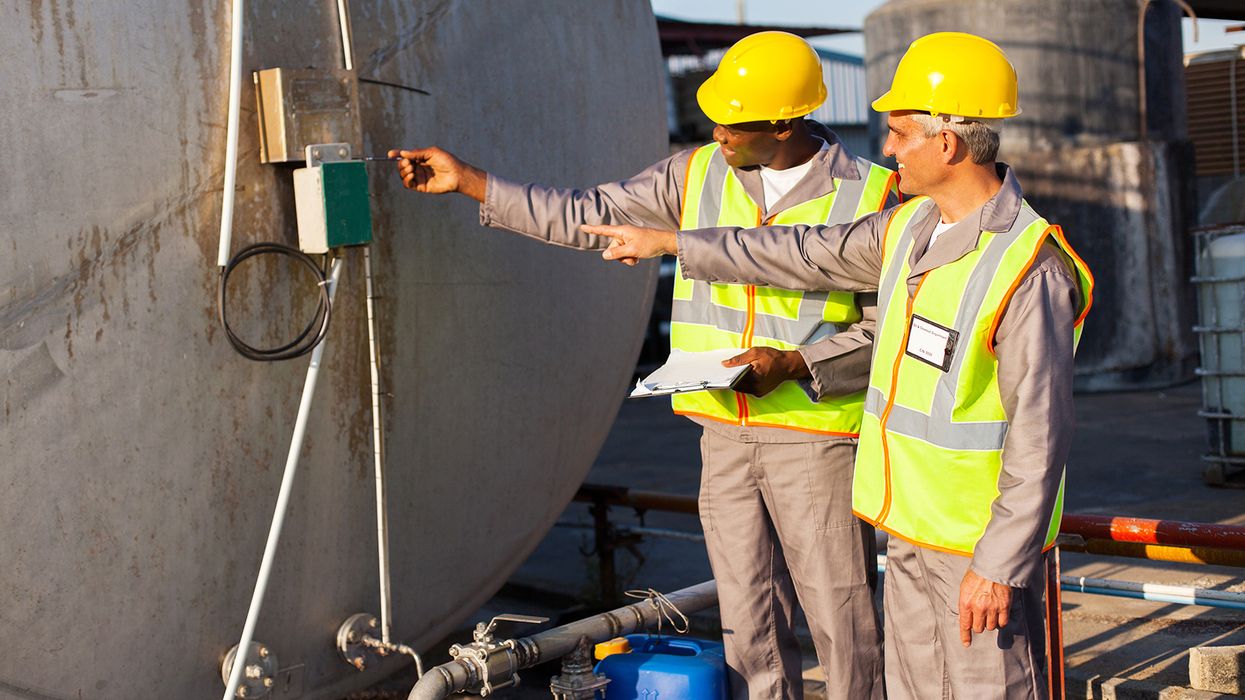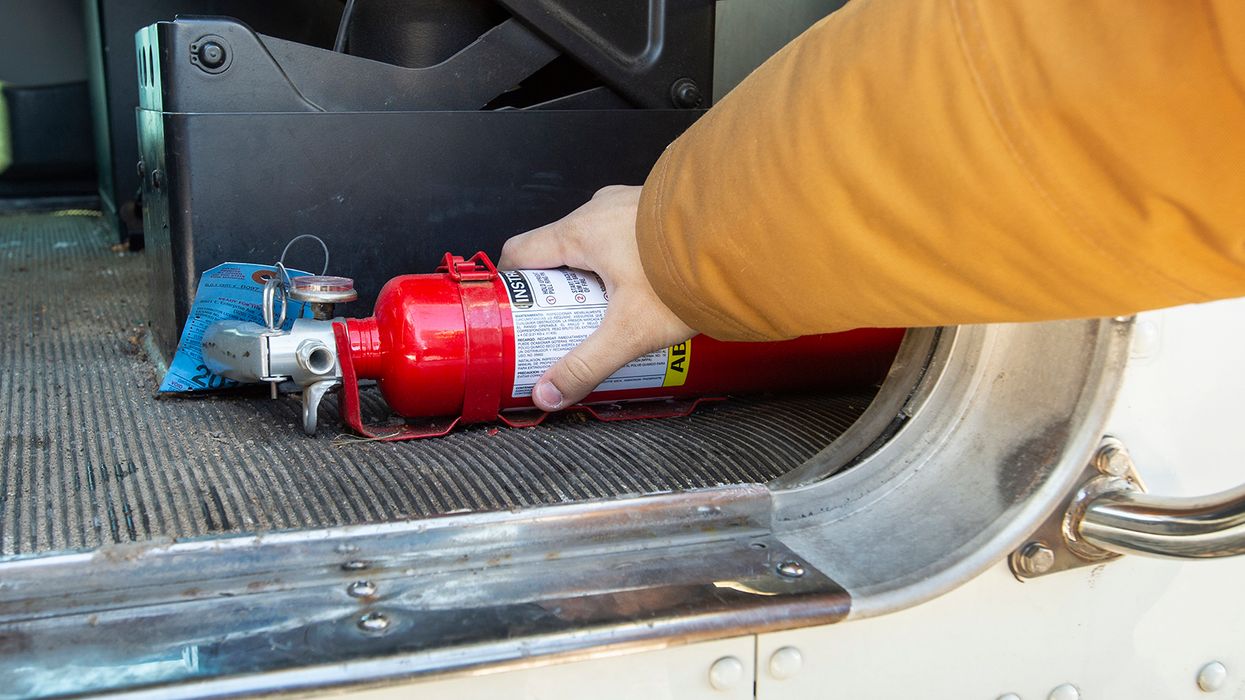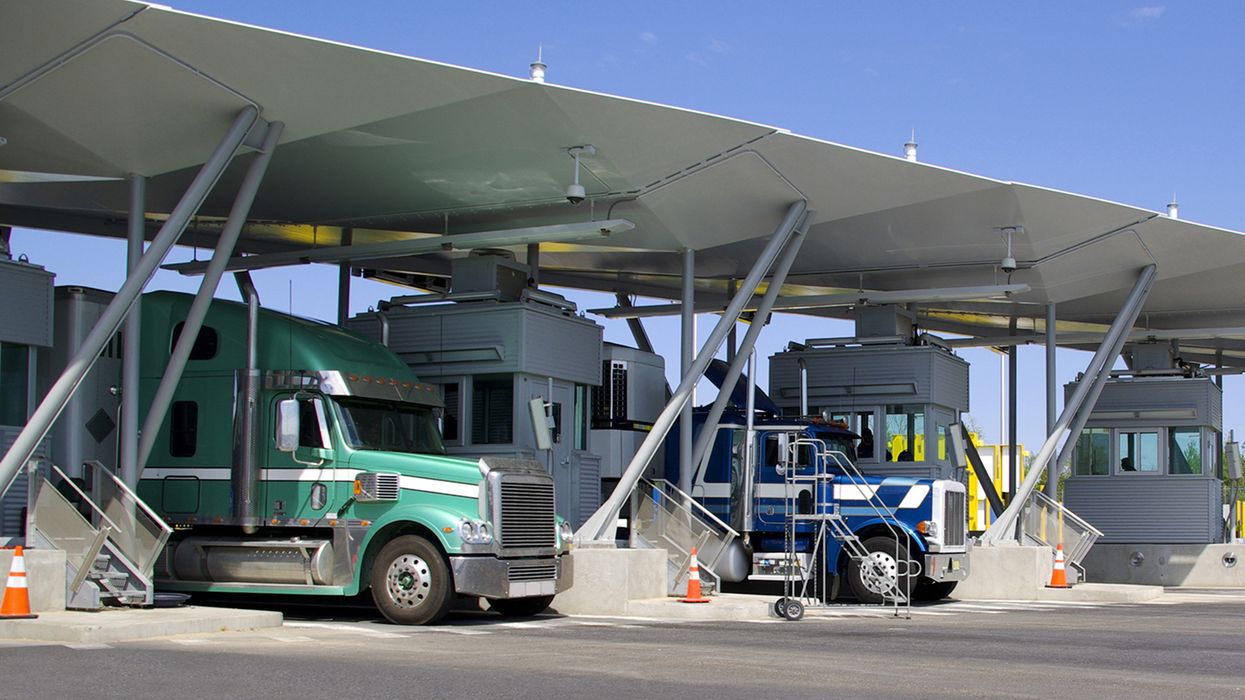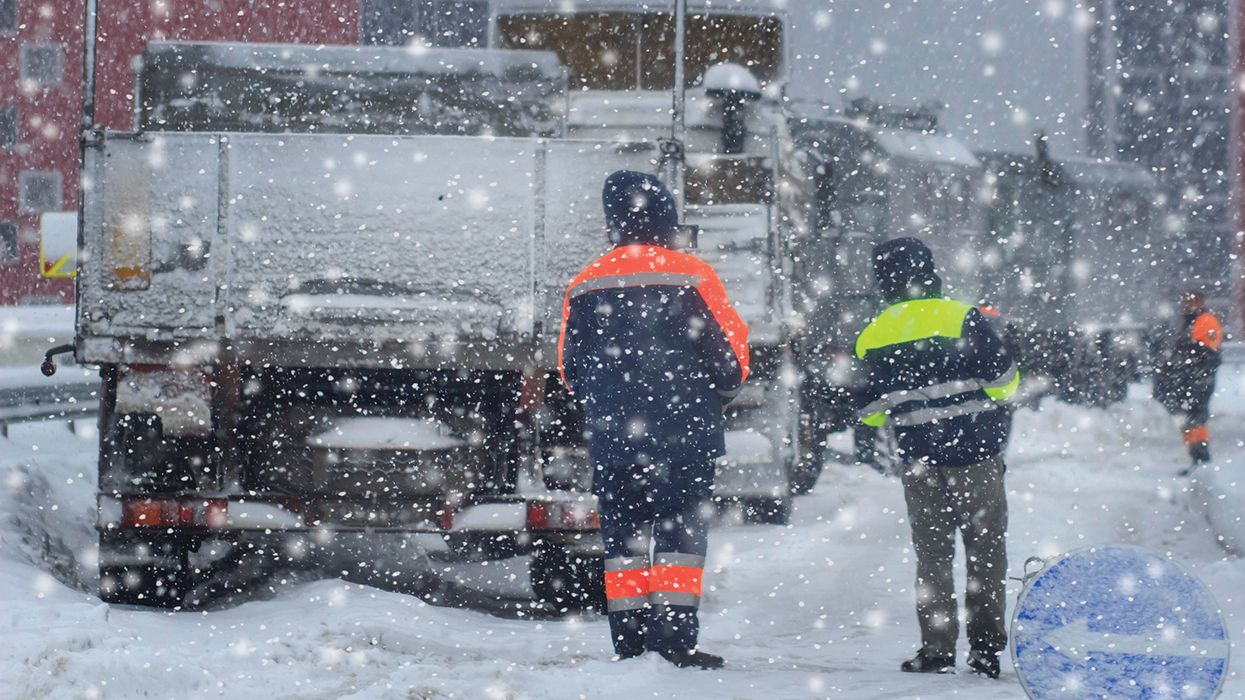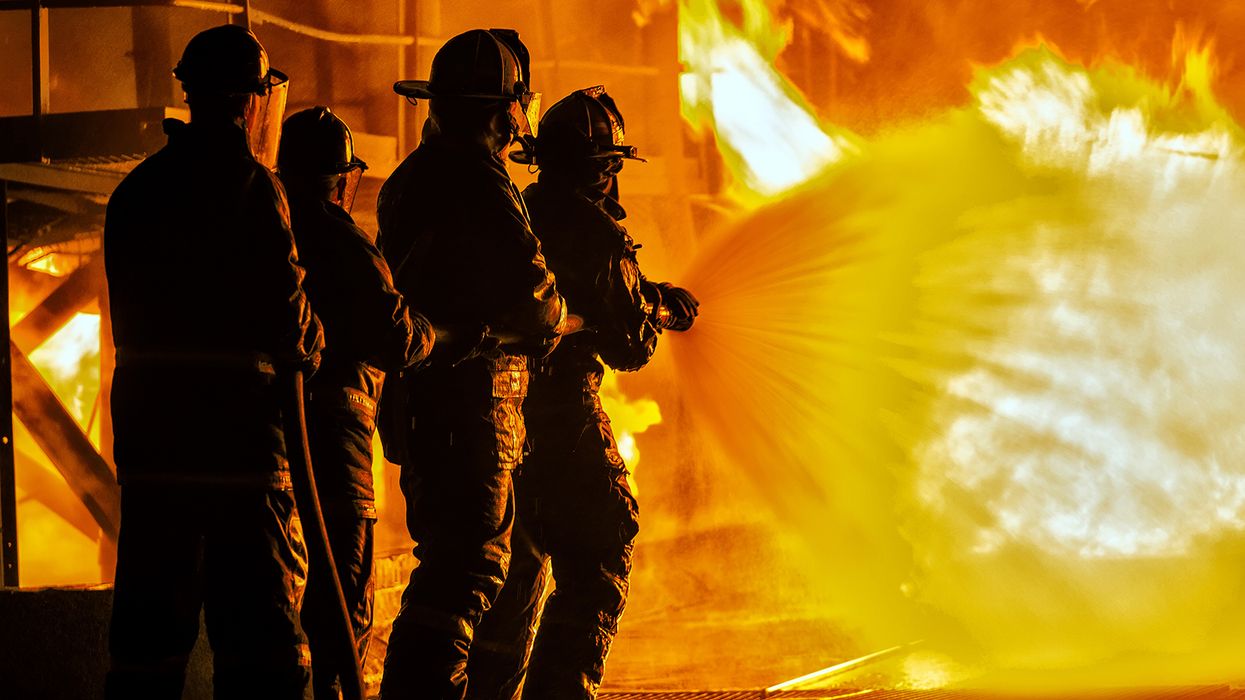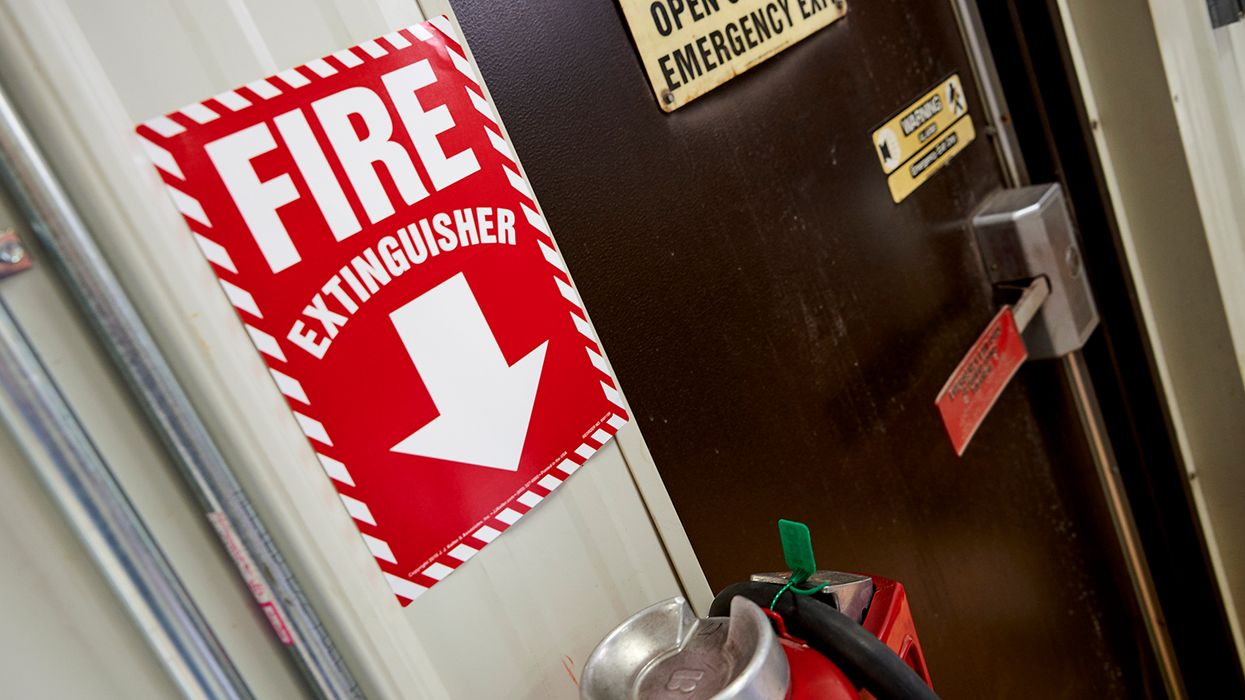CDC and EPA offer guidance on MERV rating for air filters
Indoor air quality took a front seat during the pandemic and the need to filter COVID-19-containing particles from the air became paramount. A Minimum Efficiency Reporting Value (MERV) rating between 9 and 12 is considered a generally good filter for commercial spaces wanting a higher level of indoor air quality. The CDC and EPA recommend filters with a MERV rating of 13 or higher to trap smaller particles, including viruses.
Air filters are rated on their effectiveness through the MERV system, which is a filter’s ability to capture larger particles between 0.3 and 10 microns (µm). This value is helpful in comparing the performance of different filters. The rating is derived from a test method developed by the American Society of Heating, Refrigerating, and Air Conditioning Engineers. The higher the MERV rating the better the filter is at trapping specific types of particles.
| MERV Rating | Average Particle Size Efficiency in Microns |
|---|---|
| 1 - 7 | 3.0 - 10.0 |
| 8 - 10 | 1.0 - 3.0 |
| 11 - 16 | 0.3 - 1.0 |
In general, increasing ventilation and filtration is usually appropriate when improving indoor air quality; however, due to the complexity and diversity of building types, sizes, construction styles, HVAC system components, and other building features, one should use caution when selecting a filter solely based on the MERV rating. Even if the filter fits, your system may not be designed to support that specific filter and it could actually impair system performance.
Higher MERV rated filters are typically designed for environments where air quality is critical, such as hospital laboratories and surgery centers. HVAC systems in these environments are designed to operate with these filters in place due to the extra energy required. A higher-rated filter used in the wrong environment can create resistance to air flow, which can lower efficiency, impair indoor air quality, and put a strain on the inner workings of the system.
If your system does not allow higher-rated filters, there are additional tools you can implement to improve indoor ventilation. Keep in mind, while these strategies can help reduce particle concentration, not all interventions will work in all scenarios, and caution should be taken in highly polluted areas. The following tools identify ways to improve ventilation:
- Increasing the introduction of outdoor air by opening outdoor air dampers, windows, and doors;
- Using fans to increase the effectiveness of open windows;
- Rebalancing or adjusting HVAC systems to increase total airflow to occupied spaces;
- Turning off any demand-controlled ventilation controls that reduce air supply based on occupancy or temperature during occupied hours;
- Ensuring restroom exhaust fans are functional and operating;
- Using portable high-efficiency particulate air (HEPA) fan/filtrations systems; and
- Running the HVAC system at maximum outside airflow for 2 hours before and after the building is occupied.
Key to remember: Air filters with a higher MERV rating are more effective at improving indoor air quality.





